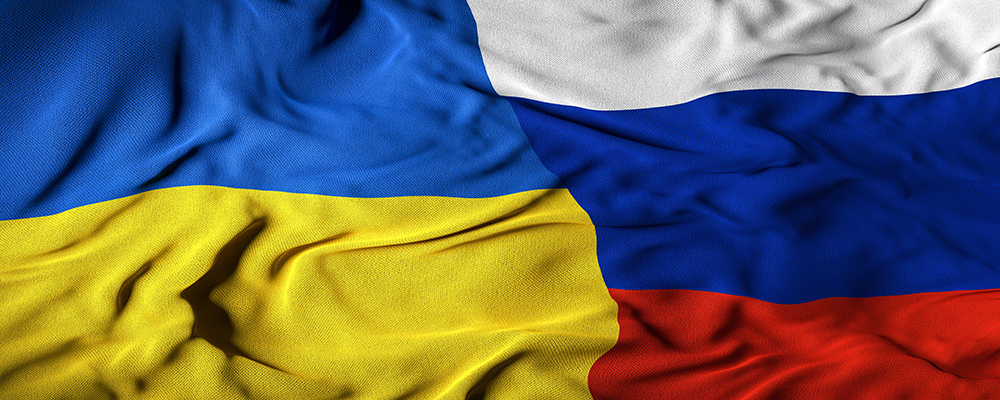Progress in peace talks between Ukraine and the Russian Federation in Istanbul today has become the main driver of recovery moves in risk assets and Forex. One of the key signals of de-escalation was the statement by a representative of the Russian Defense Ministry that “the Russian Ministry of Defense will significantly reduce military activity in the Kiev and Chernigov directions.” The geopolitical premium in dollar unwinds, European markets react to the news with strong upside. European stock indexes rose by an average of 3.1%. Gold and oil also price-in major de-escalation expectations, declining by 1.6% and 3.8% respectively.The positive momentum was strong enough to offset disappointing German and French consumer confidence data, which reflected worries of EU households about high inflation and economic consequences of the war.The yield on 10-year Bunds, the main benchmark of cost of borrowing in the German economy, rose to the highest level in almost 4 years. Yield on 2-year Bunds climbed into the positive zone, reflecting concerns that the ECB will finally be able to breathe out and begin to catch up with the Fed in terms of policy normalization pace. This is also indicated by a less pronounced reaction of the yield of 2-year Treasuries to the surge in optimism:The Russian ruble made yet another strong intraday advance rallying to 83.50 against USD thanks to de-escalation signals and expectations of sanction pressure relief as the key demand of the West was cessation of hostilities.However, it’s important not to fall into the trap of the surge of optimism as fundamentally the gap in the pace of policy tightening between the Fed and Central Banks of other developed economies (EU, UK, Japan) remains quite wide. This week, a number of US labor market reports (ADP, JOLTS, ISM in services, NFP) will be released that could increase the chances that the Fed will accelerate the pace of rate hikes. Fed speakers (John Williams and Patrick Harker) will speak today, they can shed more light on the near-term path of the Fed policy which is likely to become more hawkish on the reduction of major uncertainty.
Source: Tickmill


